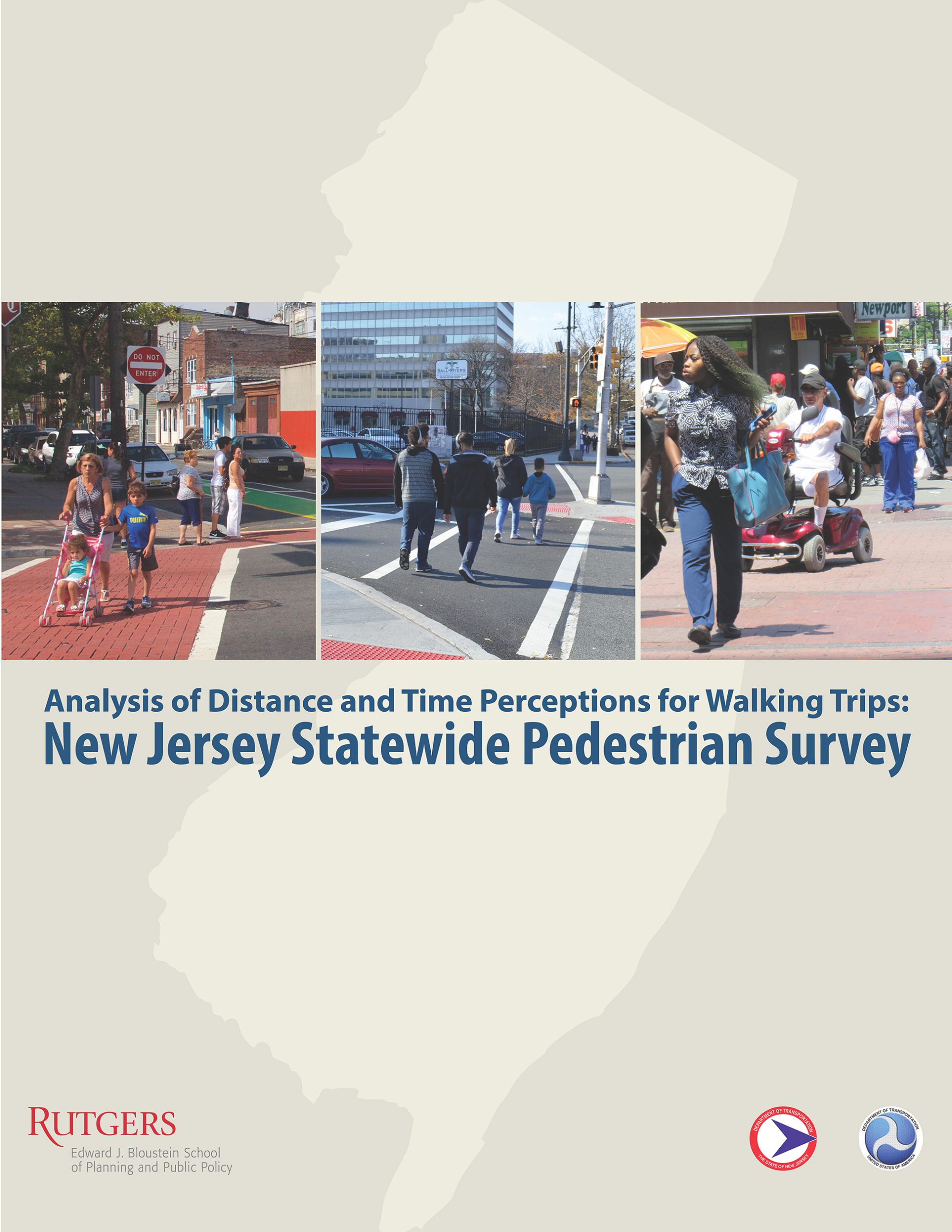In 2017, the Alan M. Voorhees Transportation Center (VTC) undertook a study to understand the factors that influence a person’s decision to walk, bicycle, drive, or take public transportation for a given trip. The study was particularly interested in understanding how often residents are driving for seemingly walkable trips and what factors can be attributed to this decision. The study relies primarily on data gathered through intercept surveys conducted throughout the summer of 2017. Survey data was supplemented with environmental data collected from each location. The report aims to provide an understanding of influences on mode choice and seeks to identify opportunities to promote more walking for shorter trips. The last pedestrian behavior study conducted by VTC was undertaken in 2009. While the survey methodology has evolved, several survey questions were repeated in order to identify changes in walking behavior over the last eight years.
The report is broken down into three sections. First, a summary of findings across all survey locations provides a general overview of the attitudes and behaviors witnessed across the state. The second section analyzes the data collected for each location and includes maps of the locations utilized on each survey. Lastly, conclusions are drawn from the data to inform policies related to changing transportation habits and encouraging walking for short trips in communities around the state.
Read full report: Analysis of Distance & Time Perceptions for Walking Trips: NJ Statewide Survey (2017)

